Well I decided to make the switch to Desser as my GY Flight Custom IIIs were
wearing. My plan was to pull them off while in good shape, replace them with new
GYFCIIIs and have the casings retreaded by Desser so they would be standing by
when the current/new tires wore out.
The old tires were in great shape, still some tread remaining above the
groves, no flat spots, no ply showing, no vibration, no obvious defects, and no
weather checking. I hanger my plane religiously so the tires are NEVER in the
sun. My A&P and AI thought I was pulling them off at least a year early but I
wanted to make sure they were in good enough shape to retread. Was dismayed to
learn the cheapest shipping would be $80 but bit the bullet and sent them.
A few weeks later I get a very short email from Desser saying they could not
complete the retreads and the casings were condemned, but they would be happy to
send me other retreads at $306 each! Iíve been working with them to find out
what happened and have been getting different stories. It sounds like they
retreaded the casings but when they did the final inspection the x-ray (or
whatever passes for it) showed some delamination (in both tires!). Itís not
clear whether this was in my casings, or in the new material.
So the downside to sending your cores for retread is that youíre out the
significant shipping cost if it doesnít go as planned. Itís pretty
disappointing. Wonít try that again, and certainly wonít recommend it unless
someone lives close to Desser and they can avoid the shipping cost.
Jim A. 9/21/2019
Another Retread Source That
Receives Positive Pireps
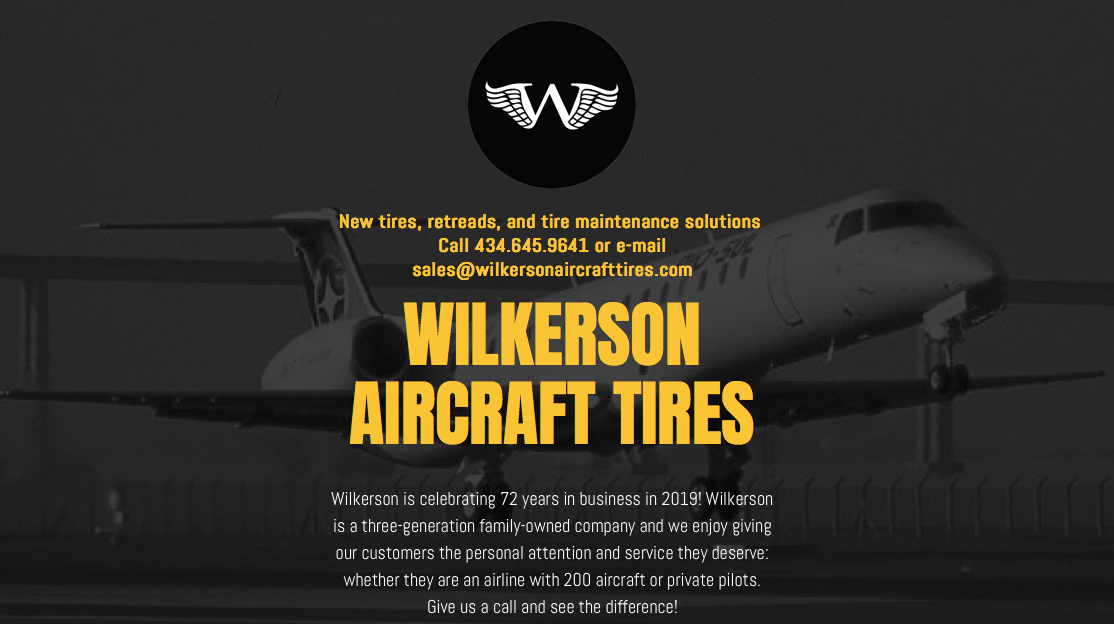
On 9/21/2019, a 6x6-8ply is reported to be $70!
Here are videos of my gear swings with Desser
retreads at all three positions. No rubbing or airframe clearance issues
 Video 1
Video 2
Video 1
Video 2
Read the Aviation Consumer 2008 Test Results
HERE
Read the Goodyear Tire Data
HERE
Read the Goodyear Tire Maintenance Manual
HERE
Read the Michelin Tire Tech Data
HERE
PS: Beech Talker, Rick O., was at a Michelin
presentation in which the rep stated that inflation of 90% to 105% is considered
"acceptable operating parameters". Anything less than 80% is considered a "FLAT
TIRE"! SO please regularly check your tire pressures, especially around the
change of seasons and when you traverse temperature zones in the country. When
Rick asked about high quality retreads, the Michelin rep stated that Michelin
recaps were better than their new tires!
Here's the Aviation Consumer 2008 Test Results
Narrative:
By Joseph (Jeb) Burnside and Martin Schneider
While car tires are all about the
finer points of traction and resistance to hydroplaning, the best we can hope
for with airplane tires is that theyíll make it through a couple of annuals.
To do that, they need a lot of tread depth, the right rubber compound and a
pilot whose idea of making the first turnoff doesnít involve landing with the
brakes locked.
Heat is hard on tires, but landings chew up the
rubber so to find out which tire is top dog, we conducted the second Great
Florida Tire Death Match, subjecting each of 11 new tires to 300 blistering,
rubber-burning simulated touchdowns on a flat stretch of I-75. Conclusion?
He with the most tread wins, and that would be the Goodyear Flight Custom III.
In this case, "wins" means
delivers the most landings for the moneyóin
other words, the best value. But that doesnít mean
the most expensive tire is always the best choice for every owner. More on that
later, but first, on to the tests.
Do Over
If most of your flying is from A to
B, you probably donít do many landings, even if each "landing" might
be labeled a series of controlled collisions. For many owners, tire replacement
is more about ageó
weather-related cracking, for exampleóthan
it is tread wear. Still, smearing rubber on the runway is what itís all about
so we dug out our test rig, mounted it on the trailer, bought a sample of most
6.00 X 6 new tires and tubes and got busy.
As shown here, the rig consists of a
pneumatically operated pivoting arm mounted on a
utility trailer towed by a pickup truck. The arm is activated by a valveócall
it an air-powered gear selectoróthat
reasonably simulates a retractable gear airplane by allowing a tire touchdown
and retraction about every six seconds.
When we conducted these tests four years ago, we simulated 200 landings, but
this time we upped the ante to 300, albeit with a slightly lighter weight load
on the trailer. We also skipped the skid destruction test, which involved a
mounted wheel and tire touched down at 30 MPH on a closed runway. We wanted to
know how the tires dealt with this abuse. Some did, some didnít.
Of the 11 tires tested in 2004, we rated six as unserviceable after the skid
test. There wasnít much to gain from repeating it this year, so for our 2008
edition, we substituted a two-mile taxi test at 30 MPH to test heat buildup. We
measured the tiresí temperature before and after the taxi test and from there,
we went right into the simulated landings. We also simulated a faster landing,
at between 65 and 70 MPH, instead of 55 MPH or so in 2004. We chose this speed
to better approximate the 60-knot
touchdown many tires see in actual use.
Metrics
We weighed and measured each tire before
and after the tests. In addition to tread depth, we measured diameter, finding
that most tires are less than 1/8-inch out-of-round.
As one might expect, the less expensive tires displayed the greatest
variation; premium tires from their respective manufacturers exhibited better
quality control with regard to roundness. Goodyearís Flight Custom, for
example, was spot on for roundness, as was the Michelin Aviator. The inexpensive
Specialty Aero Trainer, Condor and Super Hawk were at least 1/16-inch out of
round.
Weight varied, too, with the less expensive
tires generally being the lightest, given that their construction uses less
steel, fabric and/or rubber. Goodyearís top-rated Flight Custom III was the
heaviest tire, at 11 pounds, 4 ounces, followed by Desserís massive Monster
retread at 11 pounds. The lightweight was Specialtyís Aero Trainer at 6
pounds, 13 ounces.
Rubber hardness can be a predictor of tire
durability, although in the end, we think tread depth trumps all.
We measured hardness with an analog durometer at
five points along each tiresís tread. Interestingly, we found that hardness
often varied from point to point along the treadís circumference and from
shoulder to shoulder. Again, you get what you pay for. The cheaper tires seemed
to vary in hardness while the premium products were more consistent.
Prior to hitting the road, we marked each
tireís sidewall into eight segments and using a digital depth gauge, we
measured groove depth at each segment mark at the beginning and end of each
test. Although the tires vary in number of grooves, to make things simple, we
used only wear data from the two center grooves, averaging the 16 values for an
overall wear indication. No surprise that the data showed
the centers of the tires wore more than the outer grooves.
Hot Stuff
As noted in our previous report, heat
is hard on tires and we were surprised how much variability in heat rise we
recorded during the two-mile taxi test. While the Goodyear Flight Custom III ran
the coolest, some of the least expensive tires were right behind it, such as the
Condor and the Super Hawk. Desserís Monster and the Specialty Air Hawk ran the
hottest, as shown in the chart at left.
We also recorded before and after temperature
rise during the 300-landing cycle test. Here, the cheaper tires acquitted
themselves well, with the bargain $45.95 Aero Trainer tire showing a scant
2.3-degree rise. The Desser Monster and the premium Michelin Air topped the
scale in landing cycle heat rise, which while not a predictor of imminent
failure, is also not desirable, in our view.
To keep our observations consistent, we had
to park in the shade to prevent direct sunlight on the tire from contaminating
the data. For what itís worth, even in Floridaís weak February sun, solar
heat rise was so significant that we think tire covers might be worth the
investment to reduce heat and UV damage. As described in the sidebar at right,
our long-term weathering test showed that UV and heat really trash tires,
turning the soft rubber brittle and badly oxidizing the surfaces.
Test Findings
As we learned in our previous tests,
if a tire is landed frequently, durability is a function of tread depth and wear
rate. Deeper tread is a strong plus, but if the rubber wears rapidly, the tire
might not last as long as one with shallower tread but a lower wear rate. The
additional variable is price and this has the largest impact on
value. From most to least, the tread depth ratio in these new tires was 1.6 to
1, but the most-to-least cost ratio was more than 3 to 1.
To make some sense of cost versus tread versus
wear rate, we constructed a simple formula. First, we established a wear rate
for each tireóin
other words, how much comparative wear each tire showed per 300 landing cycles
related to its total tread depth. We
used this to roughly calculate how many
cycles the tire would theoretically deliver and we divided this number into the
discount price to determine a value ranking. The number itself is arbitrary; the
ranking is useful. Our intent was to answer several questions: Which is the best
tire for minimum wear? Which is best value tire? Are cheap tires a better buy
under any circumstances?
First, overall wear, irrespective of tread depth and cost. The top three here
are Goodyearís Flight Special, the Michelin Aviator and the bargain Super
Hawk, all of which had more than 95 percent of their tread remaining after the
test. Although this sounds good, hereís the problem:
Each of these tires started out with 20 percent less tread depth than the top
rated Goodyear Flight Custom and more than 30 percent less than Desserís
Monster.
When total tread depth is considered against
wear rate and cost, a different picture emerges. At the premium end of the
marketótires
in the $100 and up rangeóthe
Goodyear Flight Custom III tops the value equation because its .270 inch tread
depth exceeds its competitionómainly
its stablemate Flight Special and the Michelin productsóand
the price differences arenít that great between these tires. While itís true
that the Flight Custom had a slightly higher wear rate, it wasnít enough to
offset that generous tread depth.
At the lower end of the marketótires
under $100óthe
wear rate grouping and price relationships were scattered enough that the
Specialty Air Hawk came out as a winner largely because of an edge in total
tread depth. Cheaper tires such as the Condor, the Specialty Aero Trainer and
Air Trac didnít do as well becauseóyou
can see it comingóthey
started with less tread or they had a higher wear rate.
If there was a surprise for this round of
testing, it was the Monster retread. In our last test, we picked it as the top
value using a slightly different formula. But this time, its combination of a
slightly higher wear rate against the other tires and a higher price dropped it
from the top ranking.
This could have been related to more test cycles or the fact that the
simulated weight on the tire was lower. Also, the Monsterís rubber was among
the softest tested. Nonetheless, we still like the Monster as a good buy because
of its top ranked tread depthógood
protection against skids and lockups.
Recommendations
One caveat: Drawing take-it-to-bank
conclusions from what are actually very slim differences in actual tire wear
rates is problematical. But weíre comfortable making some general
recommendations.
Goodyearís Flight Custom III came out at the top of our cost vs. observed
tread wear equation for two simple reasons:
The tire simply starts with a deeper tread than most of its competition and the
wear rate is comparable. The only tire with more tread, Desserís Monster
retread, also features a slightly softer rubber compoundóyielding
a durometer value of 61, vs. the Goodyearís 63. Plus, the Flight Custom has
only two grooves, so it puts more rubber on the runway, thus reducing wear.
Specialty Tires of America (neť McCreary Tire and Rubber Company) came in
second and third with their Air Hawk and Aero Classic models, respectively. The
two tires started out with relatively deep tread and their rubber compoundóat
72, the hardest we testedókept
wear to a minimum. But it was low street prices that helped boost them to near
the top of the pack. The Air Hawk is a conventional four-rib tire while the Aero
Classic is designed for classic airplanes including warbirds, DC-3s and Beech
18s, according to the company, so it has a sidewall shoulder tread pattern
popular in the 1940s and 1950s. Itís designed for a particular look.
Michelinís premium Air model came in fourth
overall. Although we think itís a great tire, it suffers for lack of tread
depth and itís priced with the Flight Custom. Michelinís Aviator model had
much harder treadósecond
only to the Specialty Aero Classic and Air Hawkóbut
there wasnít enough of it. Despite wearing well, it finished near the bottom
of the pack in value, after Desserís Monster.
So, given the Flight Customís top-of-the-tire-pile
rating, is it automatically the best buy? Not necessarily. If you fly a lot, are
careful on the brakes and donít want to be bothered with tire changes, the
Flight Custom is our top choice. Itís
worth the $146 (discounted) asking price.
But if your airplane sits a lot exposed
to weatheróand
many airplanes doóyour
tires will probably rot before they wear out their tread. In this case, second
tier tires such as the Air Hawk and Michelin Air are good choices. We donít
recommend the cheaper tires at all, for two reasons: They start out with less
tread when new and given similar wear rates, the cost of changing them will
easily amount to a total higher than a more expensive tire would have in the
first place. Second, you need downside protection against a wheel lockup. We all
do this from time to time and if you lock a $51 Air Trac with .200 inch of
tread, itís toast. Do the same with a Flight Custom and you can might get
another year or two out of it. And in the end, thatís all we can ask of a
tire.
Here's what happens when you run with tires
that have thin tread remaining AND maybe land long or try to make that first
turnoff. Please folks, save your brakes and tires - go around and set it up
right or just roll to the end of the runway (pics courtesy of BeechTalker YS)......Just a thought.
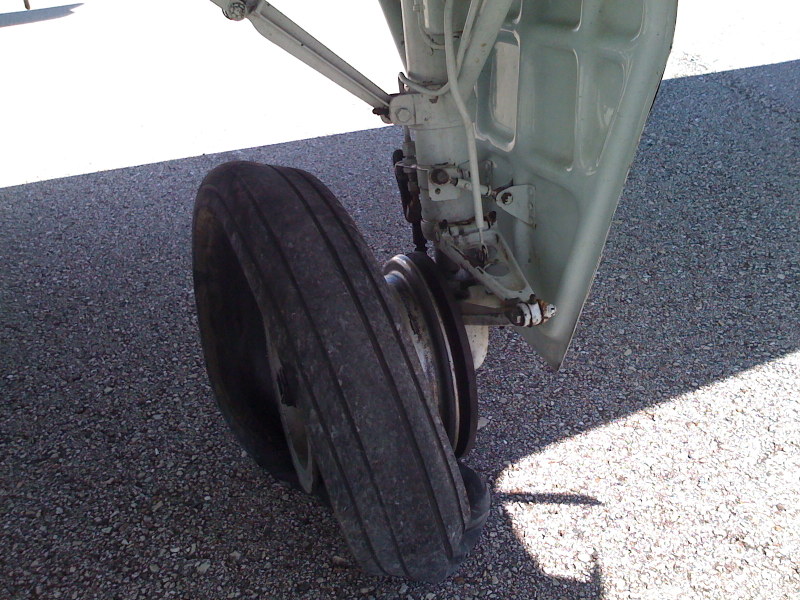
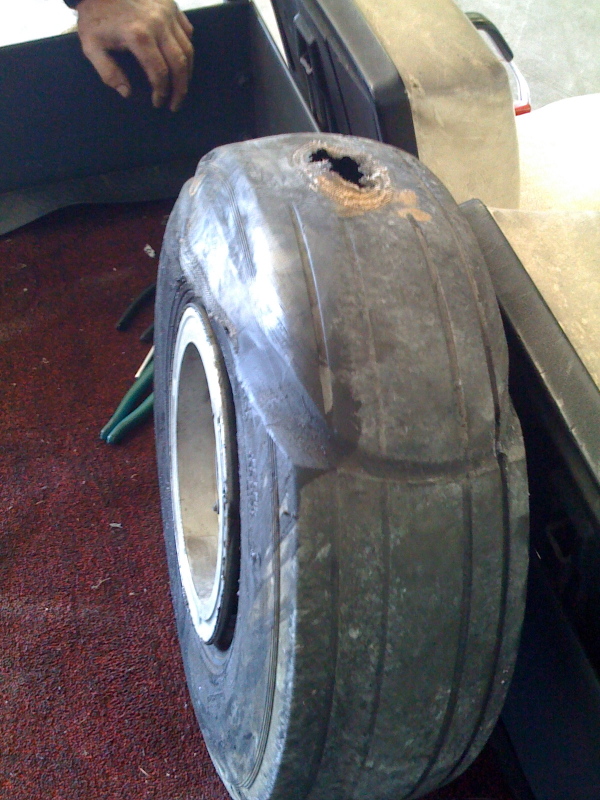
As expensive as owning and operating our
aircraft is getting, I encourage all Beechcraft owners to take the opportunity
to evaluate lower cost tire options. Even finding NOS tires on Ebay can be a
good option to lower your operating cost on this consumable.
Here is an example of what happens when poor
airspeed control and touchdown point meet ~2,500' runway in a D55 Baron.
New Baron owners please note: You might need
something a little less than Blue Line over the fence and a touchdown point just
a little bit after "Brick #1" of the runway if you are intending to
land on a "short" runway. If you are not proficient in short
runway ops (my personal definition for a Baron short runway is anything less than about 3,000' or so), please get
some dual and sharpen up your game and save your airframe!
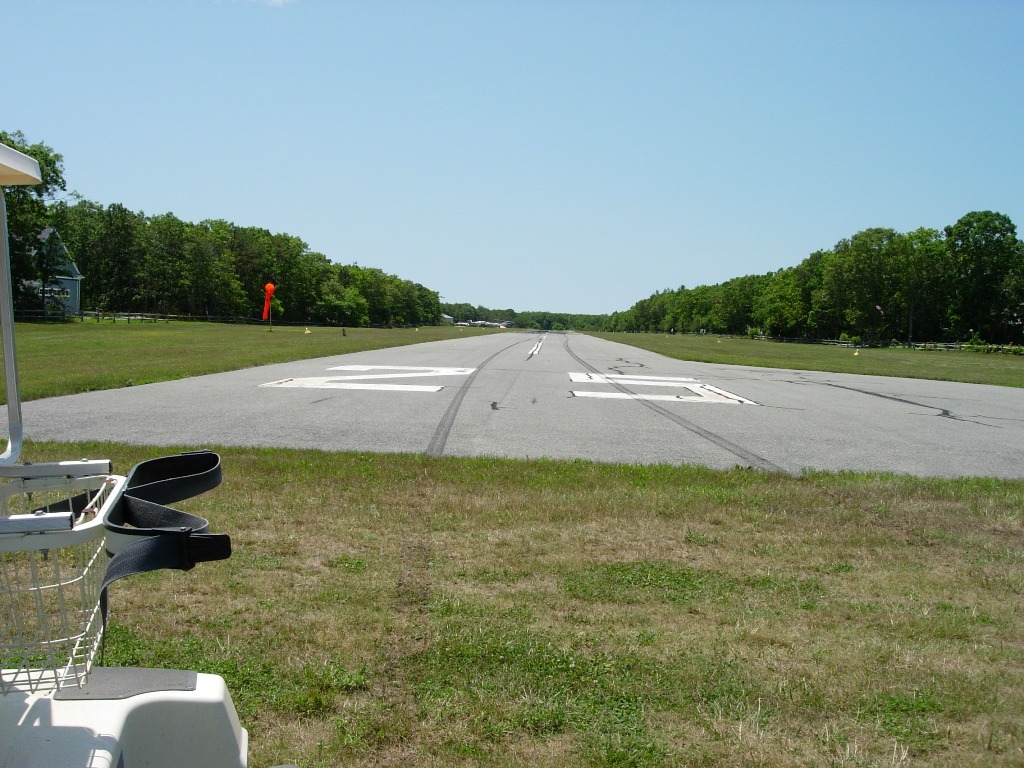
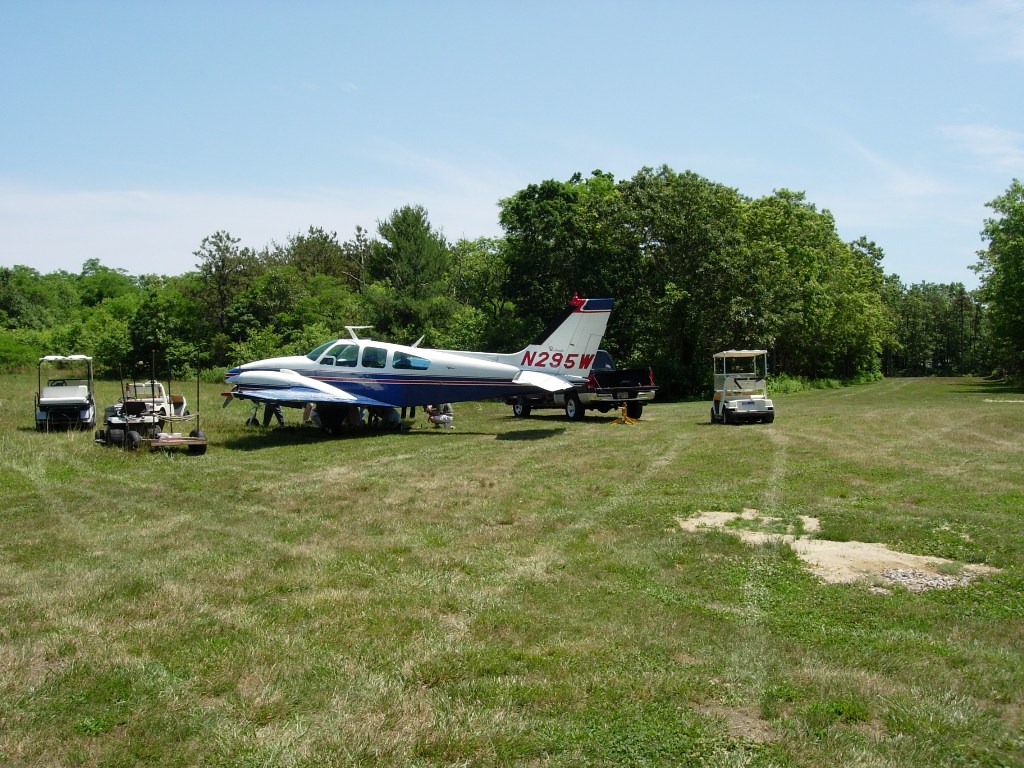
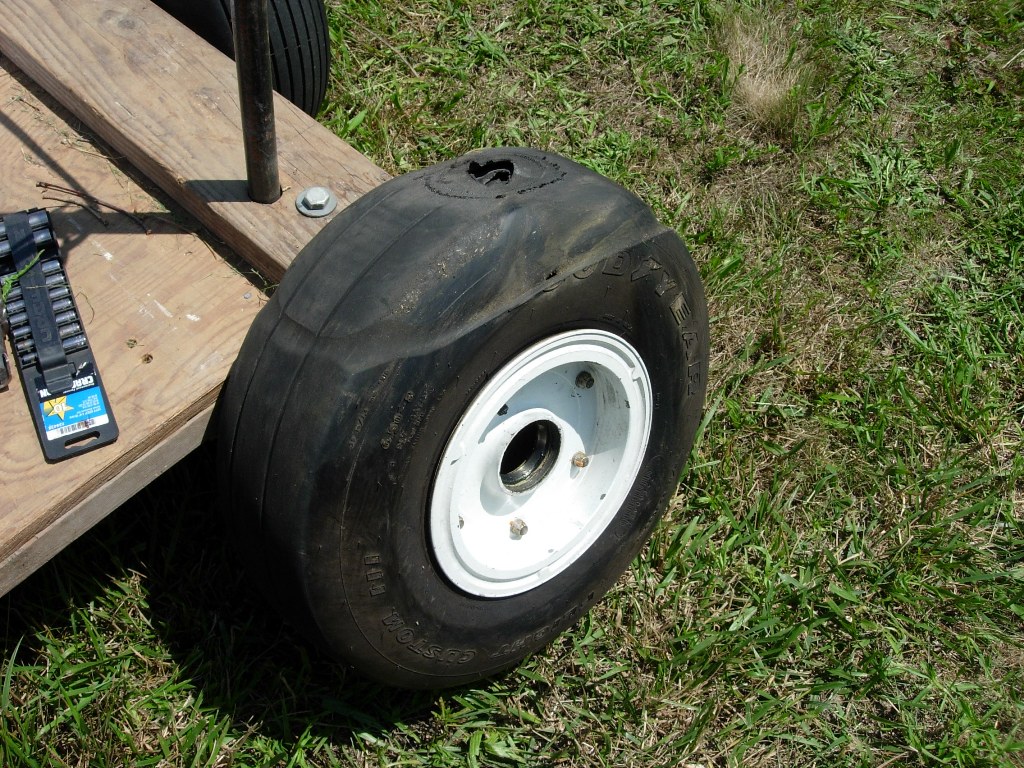
Amazing $20 CSOB Tire Bead
Breaking Tool (weighs 4oz)
Motion Pro Bead Popper
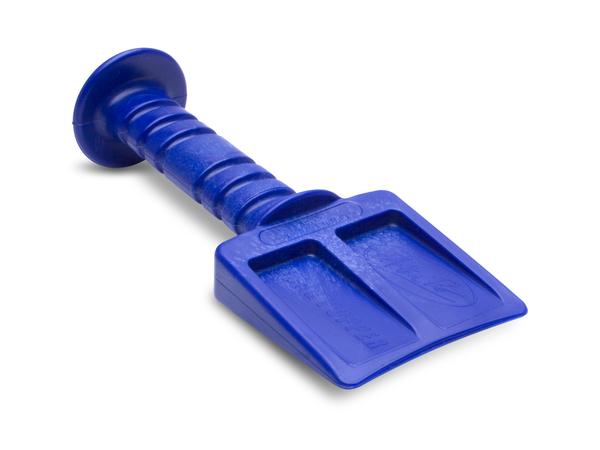
Bead breaking can be one of the more frustrating things that
owners can tackle in performing one of the FAA sanctioned owner maintenance
activities. This tool, weighing only 4 ounces, has gotten a rave review from
Beech Lister & fellow CSOB'er Greg G. of California.
Available from Motion-Pro
HERE
&
Amazon
HERE
Pirep and narrative contribution below, courtesy of CSOB'er
Greg G.
Before deciding to replace a couple tires myself I went looking for a tool to
break the damn bead grabbing the wheel... I'd tried replacing my nose tire
before and ended up carrying it to the FBO to get the old tire to let go of the
wheel.
I found this... for less than $20 at Amazon.com
Plastic, non scratching. Meant for dirt bikes. The manufacturer's web site
suggested using a dead weight mallet, ChiCom Freight had one cheap, less than
$10 for a 2.5# head. In a pinch I suspect a nice smooth 3# rock would do fine so
I won't bother putting that in the flight tool bag. If optimized for Beech
wheels it would undoubtedly have a different curvature of the wedgie business
end, but I thought it worth a try.
Finally used it on my 5.00-5 nose tire a couple days ago and on a main today.
Worked like a hot damn... tap tap all around, maybe a minute a side. No marks I
can see on the tire removed, certainly no marks on the wheels. Attacked a main
tire today, a 6.50-8 main first run FCIII that was fairly fresh when I bought
the plane... came off as easy as the nose tire, Am looking forward to finally
getting rid of the last natural rubber inner tube... the only tire that ever
needed airing on a regular basis.
I'm quite happy with the tool. YMMV.
Greg G. 7/6/2016

Here is a great tire protectant product
303
Aerospace Protectant that has gotten a great pirep from Jeff S., an A36 owner.
If your airplane is tied down outside you
might want to consider 303 for your tires and possibly interior panels, seating
surfaces and glareshields.
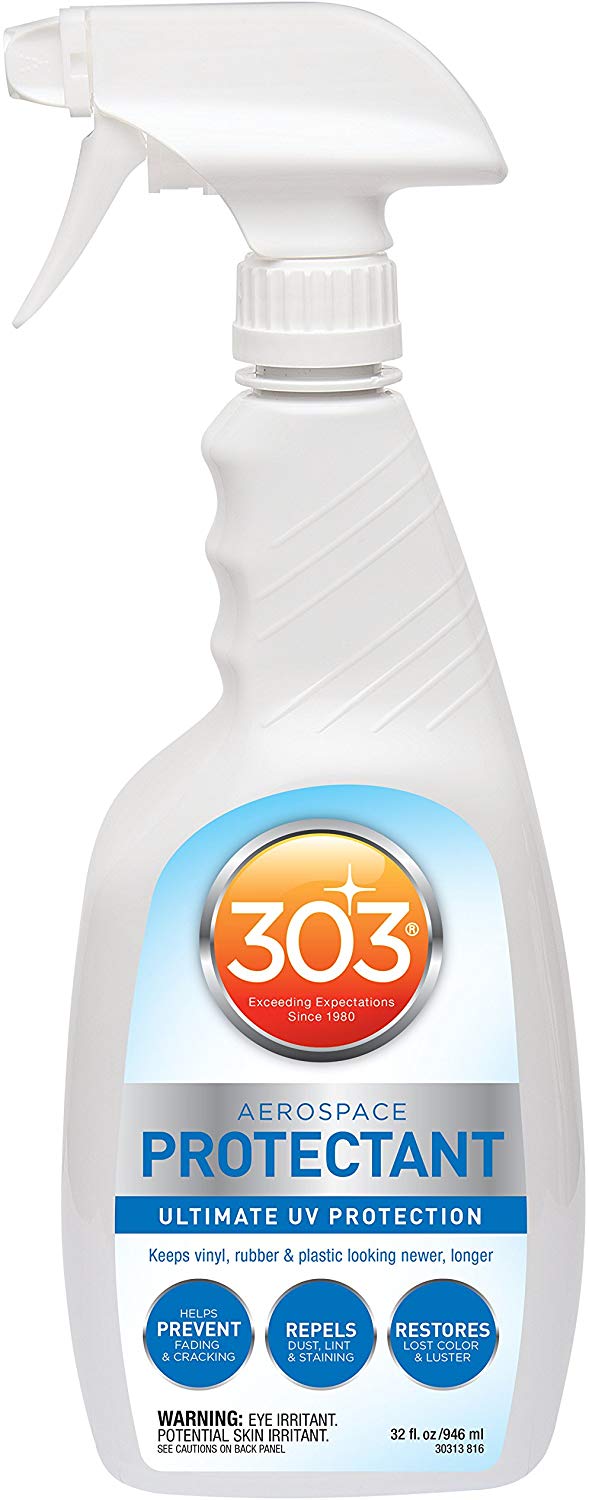
Safety Data Sheet is
HERE
Available in 32oz from Amazon
HERE
